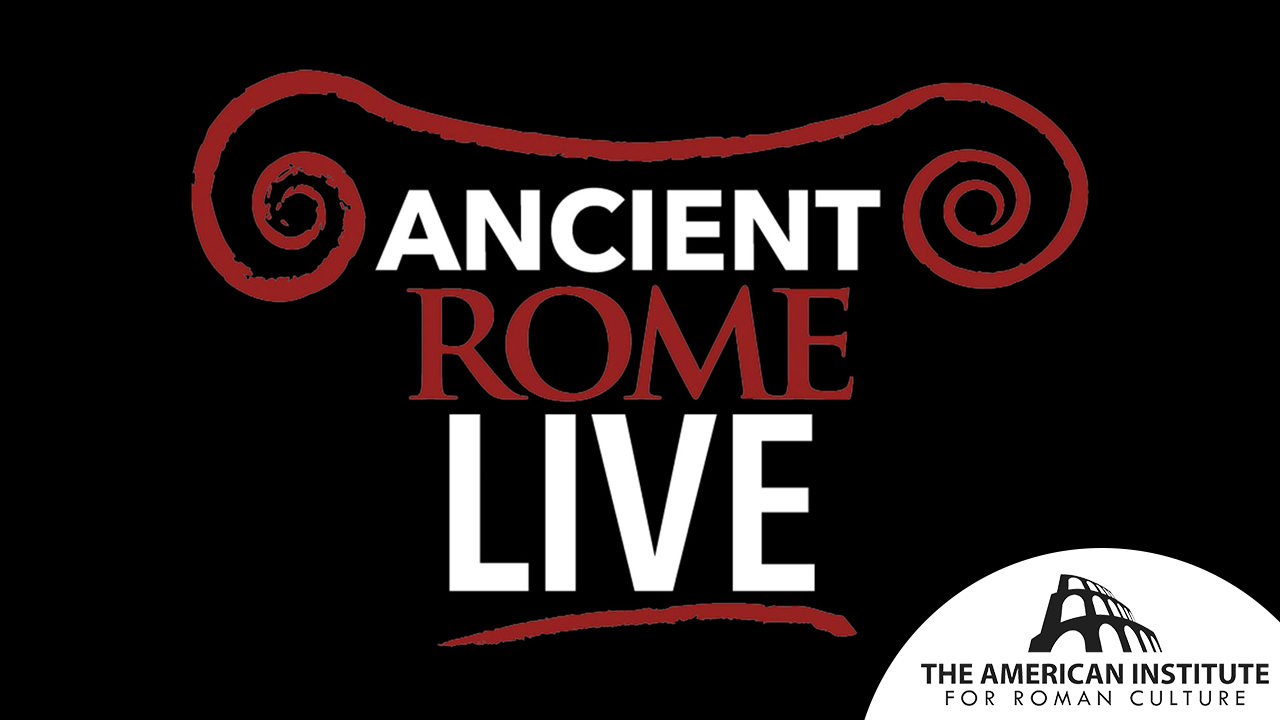Start with our video overview:
The Domus Tiberiana, or House of Tiberius, is a massive palatial complex originally begun by the emperor Tiberius during the 1st century CE. It is located in Rome at the top of the Palatine Hill.
Tiberius likely chose the site due to its central location and the fact that his family already had a house on the Palatine. While the emperor is believed to have built a luxurious residence fit for a princeps, or first citizen, not much of that original structure survives. Most of the ruins visible today were constructed by his successors. The mad emperor Caligula built the first addition to the complex in the form of the House of Gaius, which was attached to Tiberius’ former home. This structure did not stand for long, however, as it was destroyed by the Senate following Caligula’s death as part of their campaign to erase the emperor from public memory. The equally notorious Nero built a cryptoporticus (semi-underground passageway) that attached the Domus Tiberiana to his own palace, the Domus Transitoria. After this structure was destroyed during the Great Fire of Rome (64 CE), Nero built a new palace known as the Domus Aurea, and the cryptoporticus was extended. After a fire in 80 CE, Domitian built a colossal ramp that gave easy access to the Domus Tiberiana from the nearby Forum. Finally, Hadrian expanded the palace even further, building new substructures that devoured the Clivus Victoriae (a nearby road) and leveled multiple Republican-era houses.
Following his additions to the Domus Tiberiana, Domitian moved to his newly constructed Domus Augustana, which would remain the primary imperial palace for the next three centuries. Under the Antonine dynasty, the Domus Tiberiana functioned as the official residence for the appointed successors of the current emperor, most notably Marcus Aurelius and Lucius Verus during the reign of Antoninus Pius. Following the decline and fall of the Western Roman Empire, the Domus Tiberiana became a papal property from the 5th through the 8th century. One pope during that period, John VII, even lived in the palace – just as the emperors did. In subsequent centuries, the palace complex was abandoned, looted for building materials, and eventually obscured by the Farnese Gardens. Archeological investigations began during the 19th century, and in 2023 the site was opened to the public.
Bibliography
- Coarelli, Filippo. (2014). Rome and Environs: An Archaeological Guide. University of California Press.
- Marchetti, Silvia. (2023). Lost Ancient Roman Palace Reopens After 50 Years of Neglect. CNN. https://www.cnn.com/style/domus-tiberiana-rome-reopens/index.html
- Tsakirgis, Barbara. (2010). Palaces. In The Oxford Encyclopedia of Ancient Greece and Rome (1st ed.). doi: 1093/acref/9780195170726.001.0001
This content is brought to you by The American Institute for Roman Culture, a 501(C)3 US Non-Profit Organization.
Please support our mission to aid learning and understanding of ancient Rome through free-to-access content by donating today.
Cite This Page
Cite this page as: Darius Arya, The American Institute for Roman Culture, “Domus Tiberiana (House of Tiberius)” Ancient Rome Live. Last modified 03/25/2024. https://ancientromelive.org/domus-tiberiana-house-of-tiberius/
License
Created by The American Institute of Roman Culture, published on 03/25/2024 under the following license: Creative Commons: Attribution-NonCommercial-ShareAlike. This license lets others remix, tweak, and build upon this content non-commercially, as long as they credit the author and license their new creations under the identical terms. Please note that content linked from this page may have different licensing terms.




